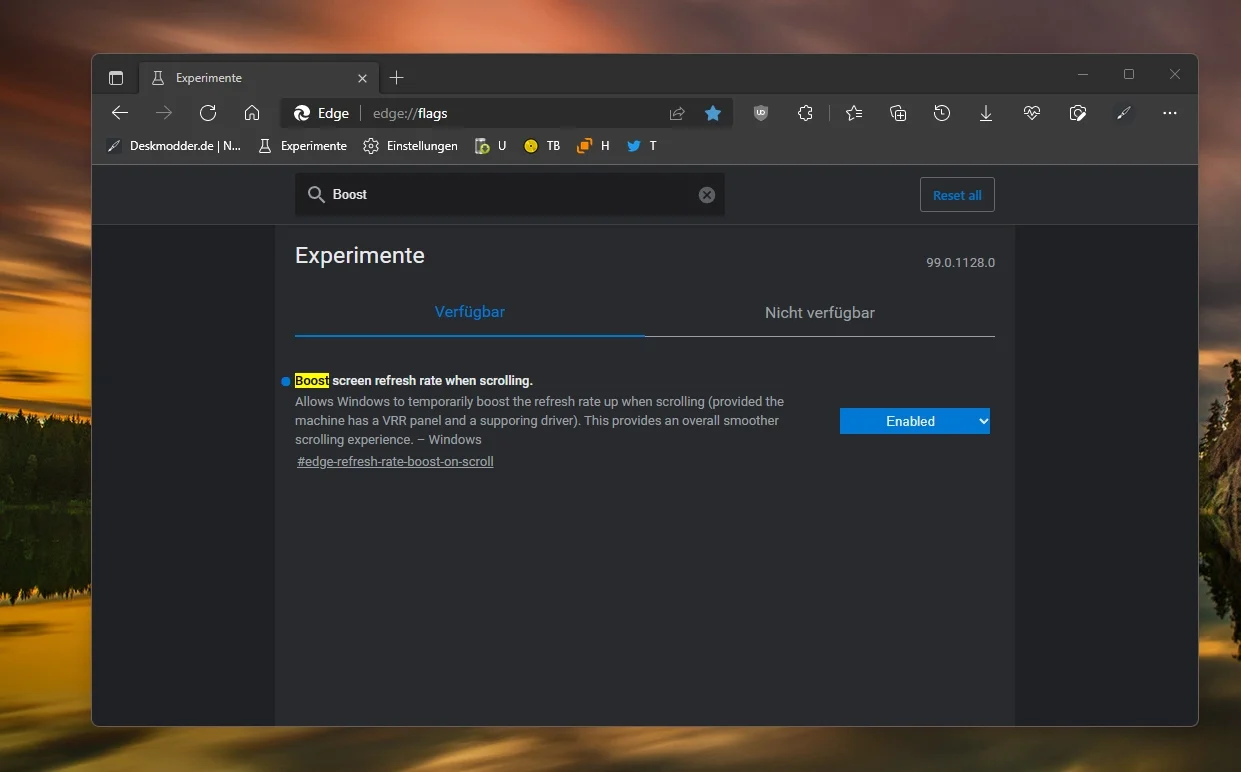Usually, we only hear about variable refresh rates on smartphones, but in fact, both Windows 10 and Windows 11 already support variable refresh rates or dynamic refresh rates. If the user is using a display that supports a refresh rate of 120Hz or higher, Windows can adjust the refresh rate when needed. For example, when it is detected that the user is playing a game, the refresh rate will be turned to the highest level to improve the game experience.
Now the Microsoft Edge browser has also begun to support the dynamic refresh rate feature, which Microsoft is currently testing in the canary version. When the dynamic refresh rate function is turned on, the Microsoft Edge browser will adjust the refresh rate according to the preset record to achieve a balance between performance and power consumption.
For example, when the user is reading web articles and emails, a low refresh rate can be used, there is no need to use a high refresh rate to increase power consumption. When the user scrolls on the page, the display needs to re-fetch the content. In this case, the Microsoft Edge browser uses a high refresh rate to make the user scroll more smoothly.
Apple also does this in the iPhone 13 series, which can reduce power consumption and improve the user experience when needed. Of course, the premise is that the user’s monitor supports a high refresh rate before it can be used. In addition, the driver must be upgraded before the dynamic refresh rate can be used.
On Windows 10 or Windows 11, you can see if your device supports VRR or DRR:
- Open Settings, then select System > Display > Advanced display.
- For Choose a refresh rate, select a refresh rate that has Dynamic in the name.
Finally, users of Microsoft Edge Canary can turn on the dynamic refresh rate option in edge://flags: Boost screen refresh rate when scrolling.





